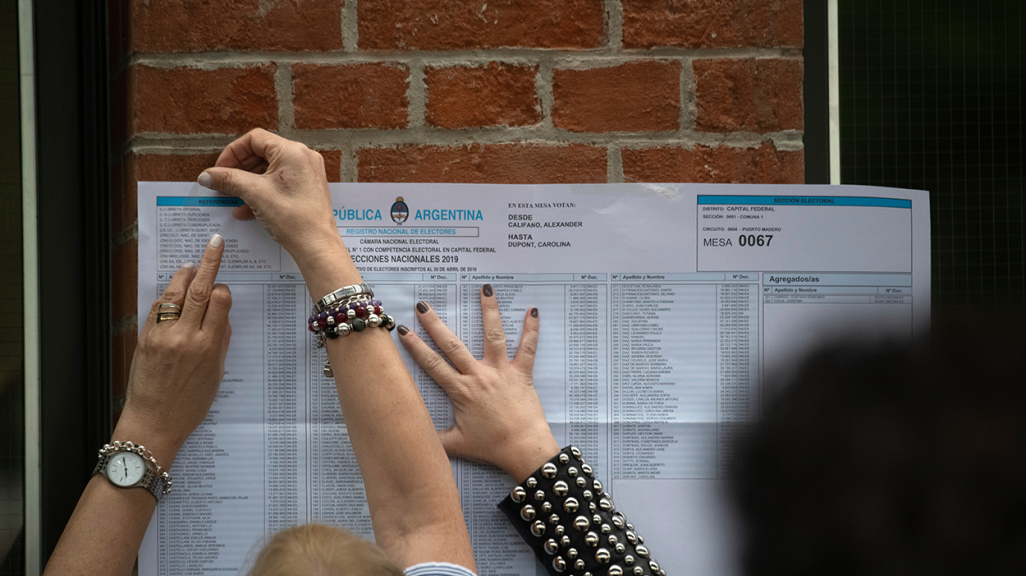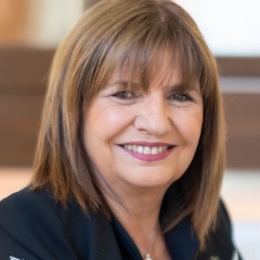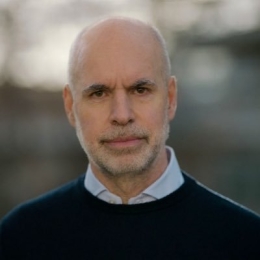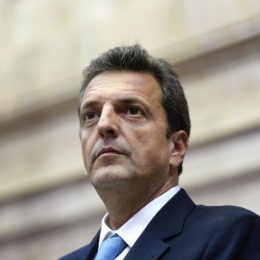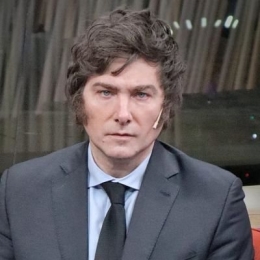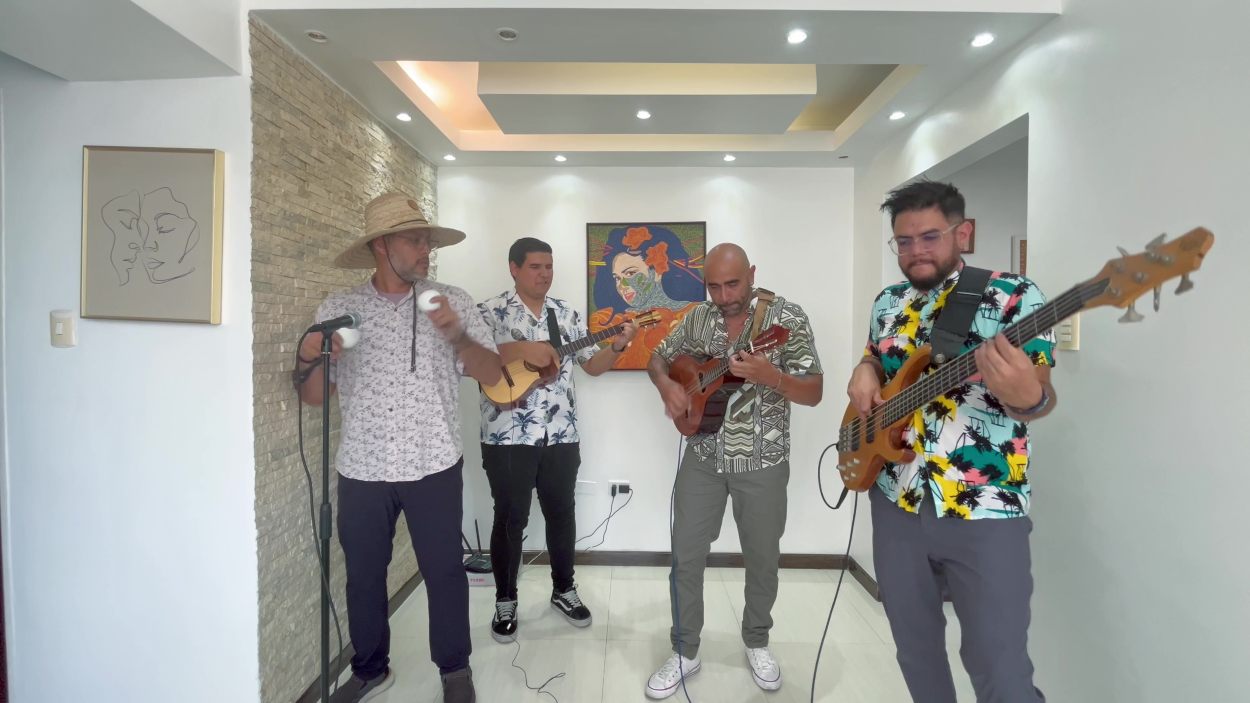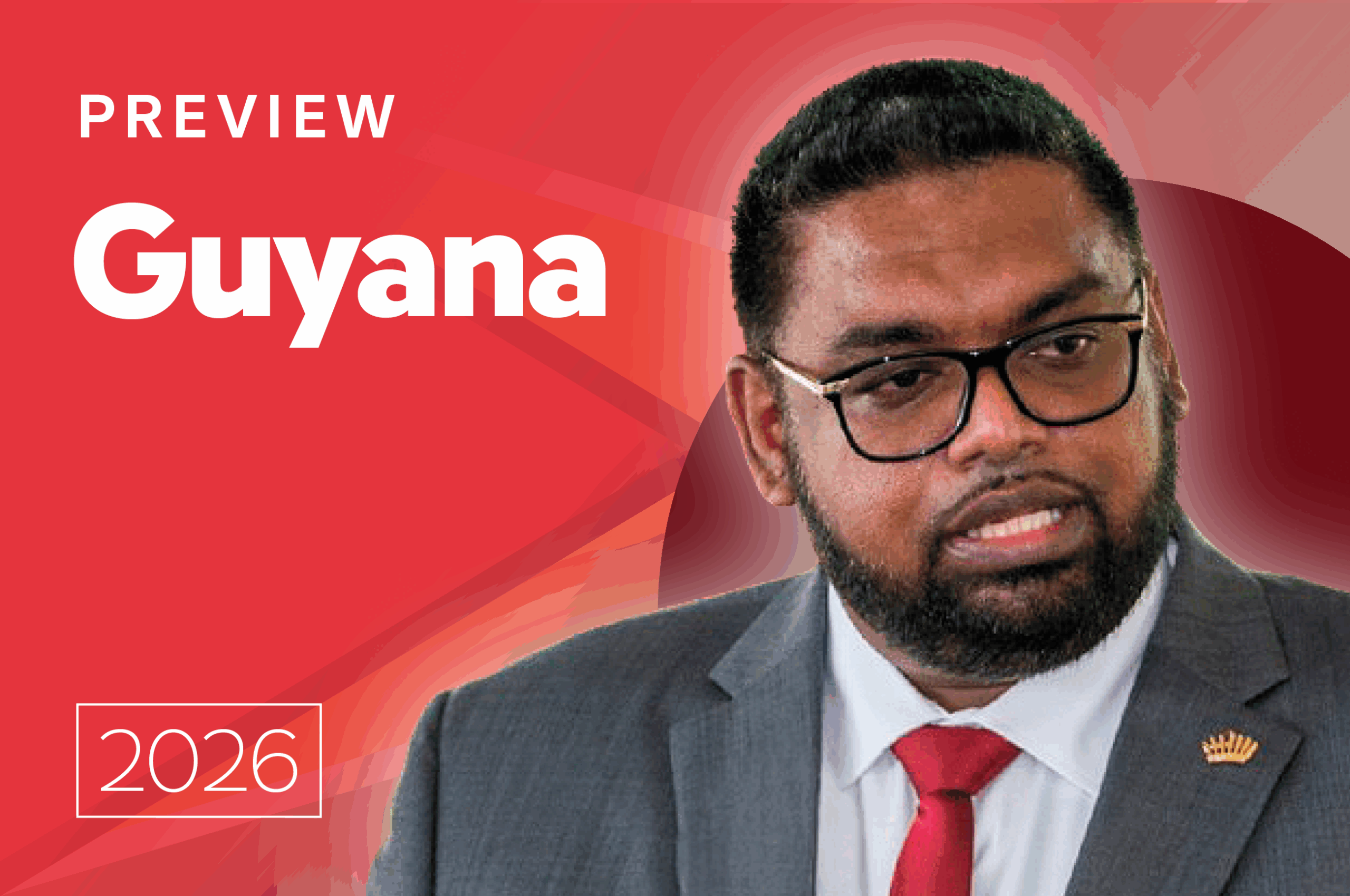What Are Argentina's PASO Presidential Primaries and Who's Running?
What Are Argentina's PASO Presidential Primaries and Who's Running?
On August 13, Argentine voters will narrow down the presidential field. Learn about the process and top contenders.
Argentina’s presidential election doesn’t take place until October 22, but voters will have an opportunity to give an early indication of their preferences on August 13. That’s the day the country will hold its presidential primary, known as the PASO.
In the PASO—which stands for Open, Simultaneous, and Obligatory Primaries—every coalition holds a primary and all voters aged 18 to 70 must cast a ballot (voting is optional for those 16 to 17 and 70 and up). The primaries are open in the sense that voters are free to cast a ballot in any one contest they please, regardless of party affiliation. The system was put into place in 2009.
Though many coalitions will use the primary to select between rival presidential contenders, the PASO matters even for coalitions with one candidate running to be its nominee. If a candidate does not receive 1.5 percent of the total vote in the primary, he or she will not be on the ballot in the general election.
The PASO ballots will also include primaries for the available Senate and the Chamber of Deputies seats. Each presidential and vice presidential ticket has candidate lists for both houses of Congress. The winning ticket’s lists become the coalition’s nominees. Politicians can appear on multiple candidates’ legislative lists.
Even before the PASO, Argentina’s crowded presidential field was already winnowed down. June 24 marked the deadline for the registration of coalitions and candidates for the PASO. This produced a scramble to finalize which parties were in each coalition, the names of each coalition, who would be competing for the coalition’s presidential and vice presidential nomination, and who would comprise each ticket’s proposed legislative list.
Which coalitions are competing for a shot at the Casa Rosada? Who are the main candidates? And what does polling indicate? AS/COA Online explains.
AS/COA covered votes in the Americas, from presidential elections to referendums.







